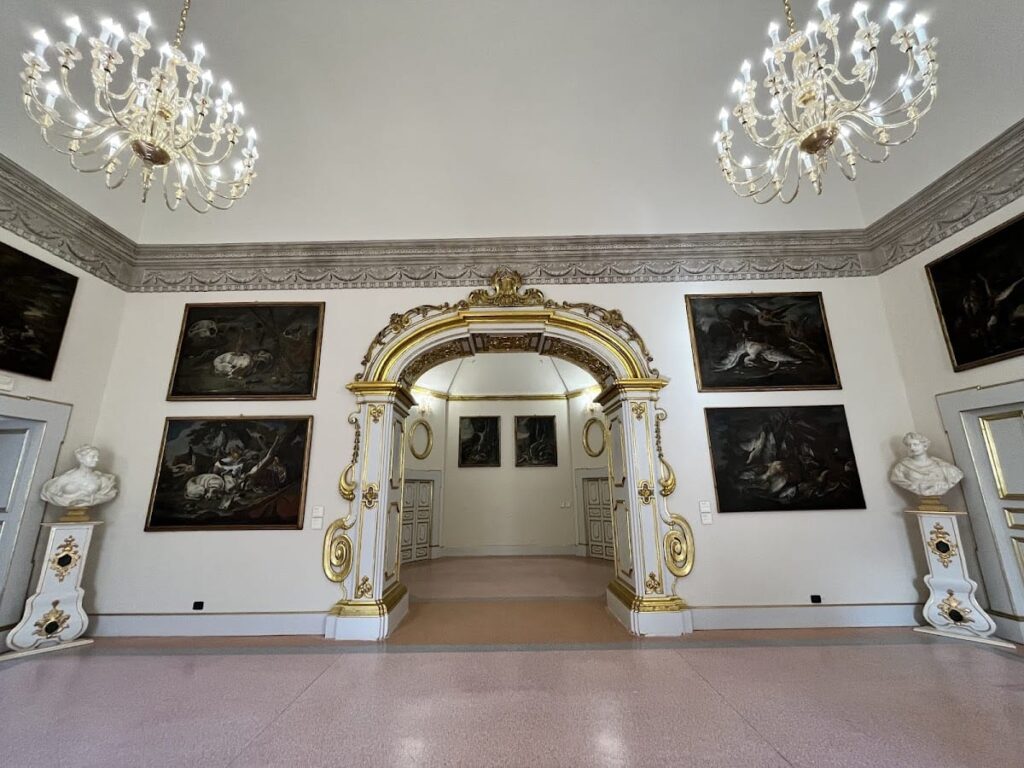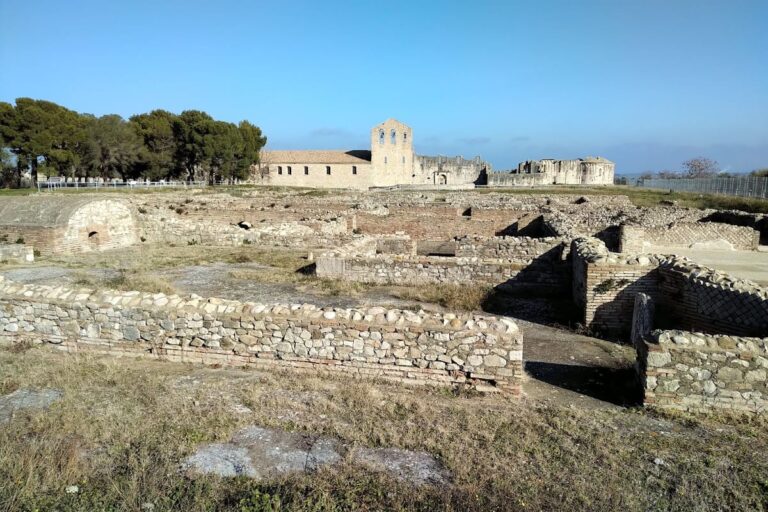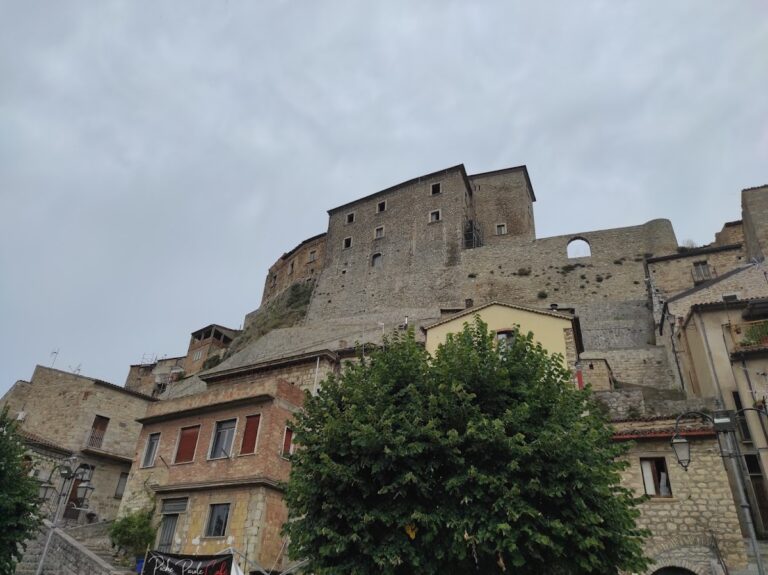Castle of Melfi: A Norman Fortress and Historical Site in Southern Italy
Visitor Information
Google Rating: 4.6
Popularity: Medium
Google Maps: View on Google Maps
Official Website: melfivenosa.cultura.gov.it
Country: Italy
Civilization: Medieval European
Remains: Military
History
The Castle of Melfi stands in southern Italy, built by the Normans in the late 11th century during their conquest of the region. It was likely the first Norman fortress constructed in Italy, erected on the remains of an earlier Byzantine fortress. Its position controlled the route between Campania and Apulia, making it a key military and administrative site.
Robert Guiscard, a Norman count, played a central role in the castle’s early development. He not only built the fortress but also the nearby cathedral, establishing Melfi as the capital of the Duchy of Apulia and Calabria. Between 1059 and 1137, the castle hosted five important church councils attended by popes including Nicholas II and Urban II, highlighting its religious and political significance.
In 1133, after rebellions against royal authority, Roger II of Sicily punished Melfi by ordering the partial destruction of the castle’s citadel. This act aimed to prevent further uprisings and assert control over the region.
During the 12th century, the castle came under the Hohenstaufen dynasty. Emperor Frederick II restored and expanded the fortress, adding a masonry wall and the Emperor’s Tower, known as Torre dell’Imperatore. In 1231, Frederick II issued the Liber Augustalis, a comprehensive legal code for the Kingdom of Sicily, within the castle walls. This event marked a key moment in medieval governance. Frederick II also used the castle for political meetings and as a residence for his consort Bianca Lancia, mother of Manfred I of Sicily. The castle served as a tax storage site and prison during this time.
In the 13th century, the Capetian House of Anjou took control and enlarged the castle further. Between 1227 and 1284, three pentagonal towers were raised to protect the moat. In 1284, Maria of Hungary, wife of Charles II of Anjou, made the castle her official residence.
Later, the castle passed through the hands of the Aragonese and noble families such as the Acciaiuoli, Marzano, Caracciolo, and Doria, who owned it until 1950. Despite major earthquakes in 1851 and 1930, the castle remained largely intact, unlike other local buildings. Since 1976, it has housed the National Archaeological Museum of Melfi.
Remains
The Castle of Melfi is built atop a lava hill near the extinct Mount Vulture volcano. It features a large fortified wall and a surrounding moat. The structure shows a mix of medieval styles but retains a strong Norman-Romanesque character despite later changes.
The defensive walls include ten towers: seven rectangular and three pentagonal. Among these are the Entrance Tower, the Flag or Cypress Tower, the Secretary or Terrace Tower, the Lion’s Bulwark Tower, the Emperor’s Tower (Torre dell’Imperatore or Torre dei Sette Venti), the Northeast Tower (Torrita Parvula), the Prison Tower (Marcangione), the Church Tower, and the Clock Tower. One tower remains in ruins and is unnamed.
The curtain wall is made of rectangular bricks measuring about 4.5–5 cm by 15 cm by 29–30 cm. The three pentagonal towers were heightened during the Angevin period to better cover the moat. Originally, the castle had four gates, but only one remains in use today. This main entrance, opened by the Doria family, is accessed by a bridge that was once a drawbridge. The other gates near the moat and towers have been sealed.
Inside, the castle contains courtyards and stables from the Angevin era, built between 1278 and 1281. These include the “Stallaggio” and “Mortorio” courtyards. The northern section houses the Angevin “Throne Room,” now part of the museum, and the “Armigers’ Hall” below it. The “Sala delle Scodelle,” where the Constitutions of Melfi were proclaimed, is also preserved.
Near the bridge, an 18th-century portal bears an inscription honoring Emperor Charles V and Admiral Andrea Doria. The castle’s sturdy construction has allowed it to survive several earthquakes, including the 1851 Vulture earthquake that destroyed the nearby cathedral but left the fortress mostly undamaged.










